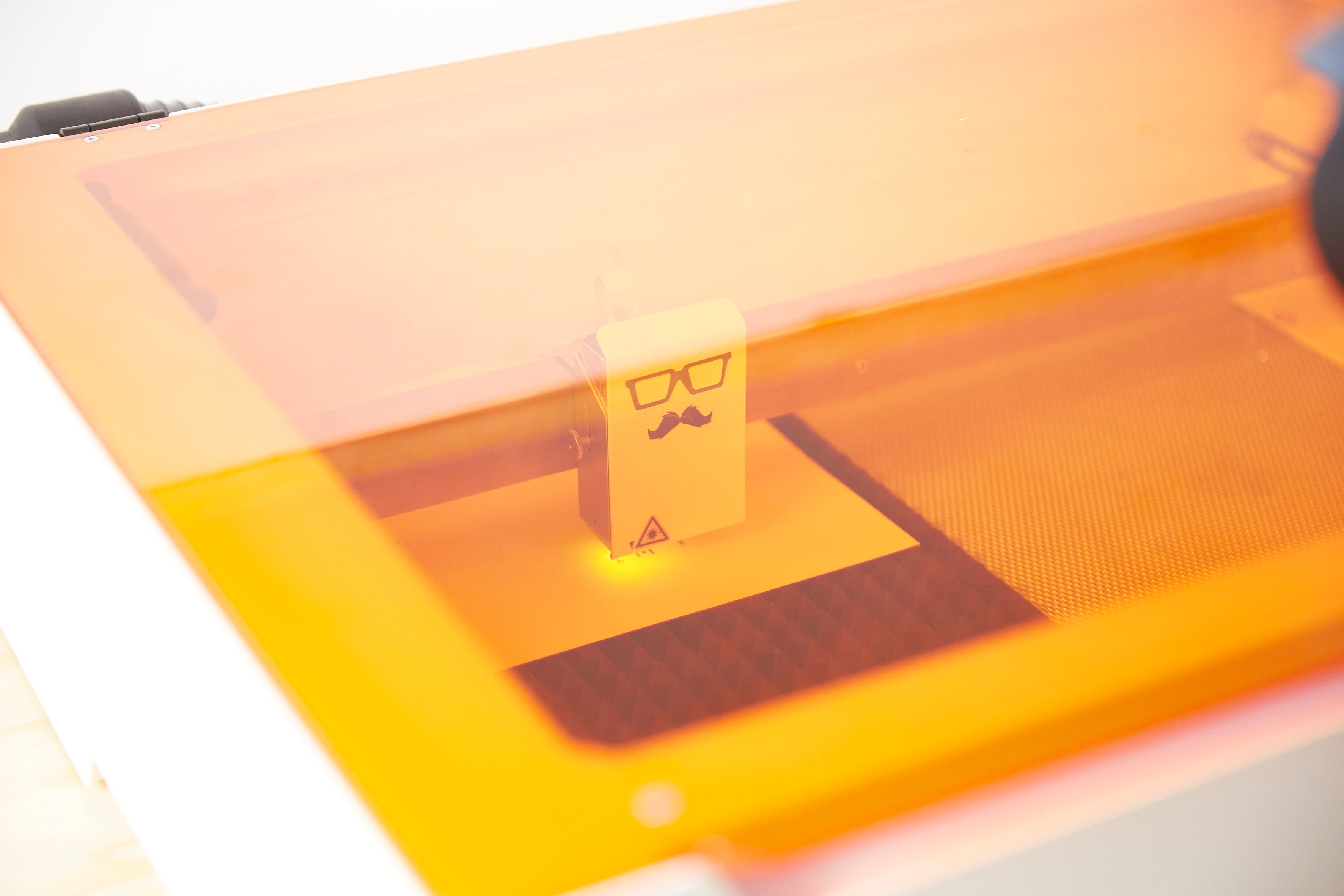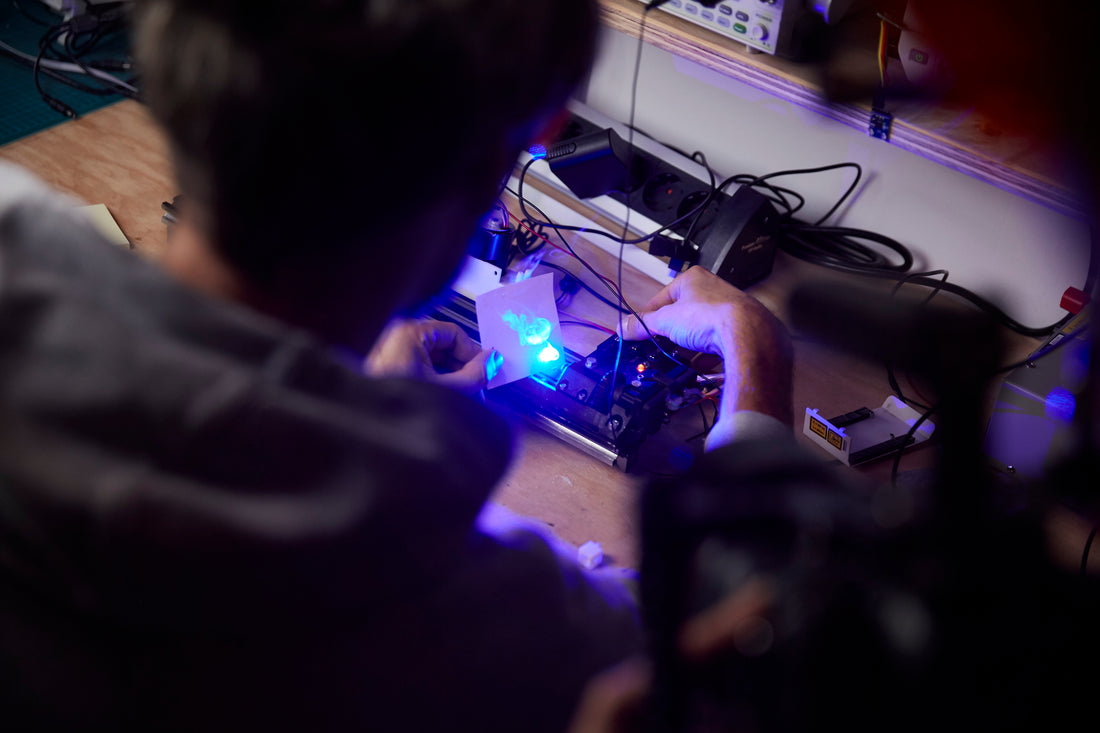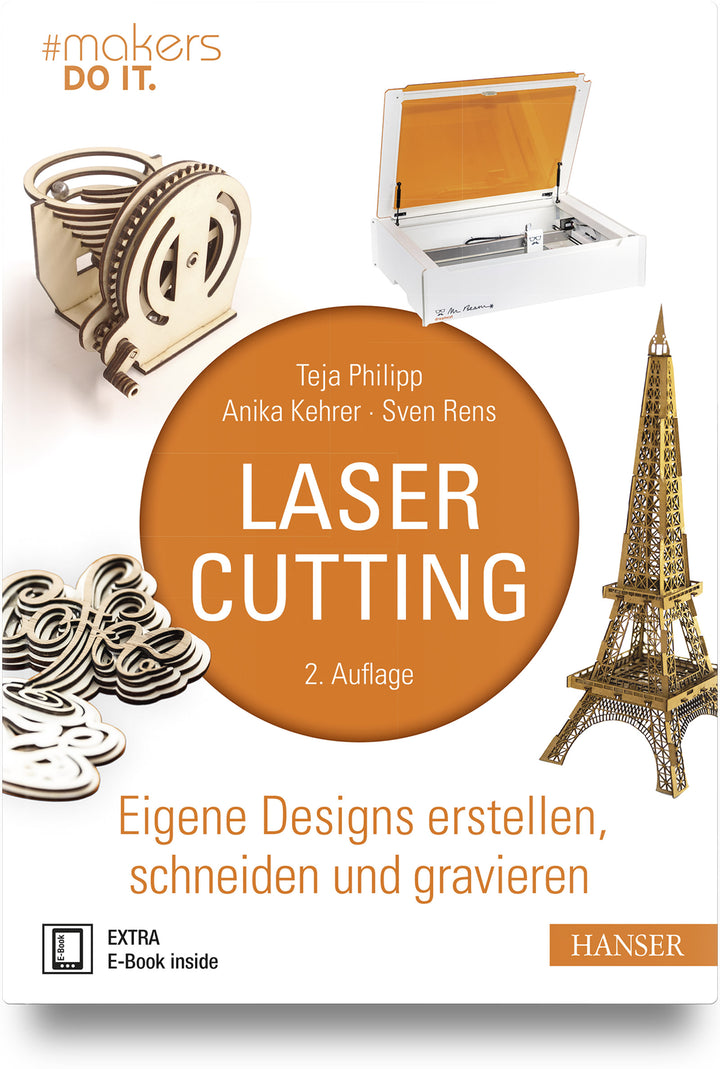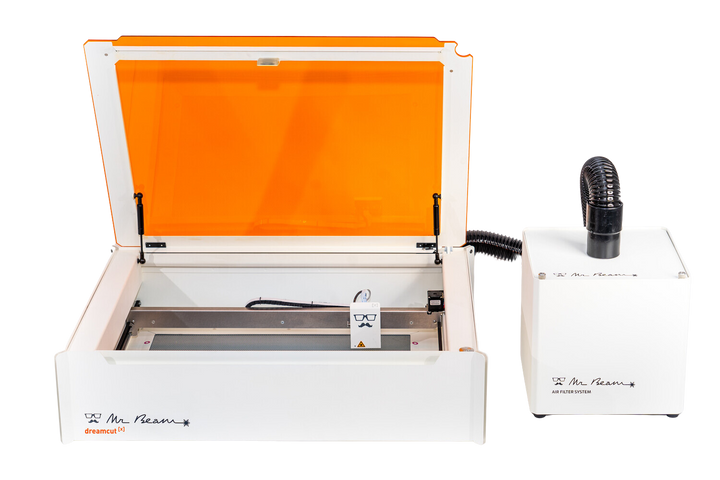What is a laser?
A laser (short for Light Amplification by Stimulated Emission of Radiation) is a device that produces light in a particular way. Unlike conventional light sources, which emit a wide range of wavelengths of light, a laser emits light in the form of a narrow beam of radiation with a specific wavelength and phase.
What does the term "laser" mean?
The term “laser” means in German: Light amplification through stimulated emission of radiation. The term was first used in 1958 by American physicist and engineer Theodore H. Maiman, who developed the first working laser.
Introduction to how the laser works
With a laser, laser beams can be generated by electromagnetic waves. They are of high intensity and differ from ordinary light rays. The frequency range is very narrow, with the beam being sharply focused.
Extremely short and intense radiation pulses can be generated with an exact repetition frequency. The laser beams can cover the following areas of the electromagnetic spectrum:
- microwaves
- Infrared
- visible light
- Ultraviolet and
- X-ray radiation.
How does a laser work?
The laser works like an optical amplifier, emitting concentrated light. The energy is provided either in a gas, a liquid or a crystal. The light is reflected off parallel mirrors located on either side of the laser. Every time the light passes through the liquid, solid or gaseous medium, it is reflected again by the mirrors.
This process continues until all the rays are going in a single direction and are thus focused. One of the two mirrors is partially transparent. This makes it possible for the bundled light to exit as a laser beam. In this laser beam, all light particles are not only the same, but also flow in the same direction.
What are the properties of a laser beam?
High coherence and monochromatic
Laser radiation has three main properties that distinguish it from other types of radiation:
First, it is monochromatic, meaning it consists of only a single wavelength.
Second, the coherence of the laser light is high, which means that the waves from the laser are approximately parallel to each other and have a high degree of phase equality.
Thanks to its properties, laser light is a useful tool for processing materials in the modern world. This is made possible by the high coherence of the beam, which allows conserving the intensity of the beam and focusing it through lenses.
When the laser beam hits the surface of a material, it is absorbed and heats the material. Heating causes the material to be reduced, either by ablation or evaporation. Therefore, a variety of materials can be engraved, marked or cut using laser radiation.
Laser technology - How is a laser constructed?
Every laser consists of three main components: an external pump source, an active lasing medium and a resonator. The external pump source supplies the laser with external energy.
Inside the laser is the active laser medium, which, depending on the design, can consist of a gas mixture (CO2 laser), a crystal body (YAG laser) or glass fibres (fibre laser). As soon as the laser medium is supplied with energy from the pump source, it emits the energy in the form of radiation.
An active laser medium is enclosed in a resonator consisting of two mirrors, one of which is semi-transparent. The amplification of the radiation from an active laser medium in the resonator is limited by a semi-transparent mirror, so that only a certain part of this radiation can escape to the outside. The bundled radiation that leaves the resonator is the laser radiation.
How Lasers Work - Atoms, Energy, Photons
If you want to understand how it works, basic physical knowledge is useful. Atoms are either promoted from their ground state or another lower energy level to excited states that have a significantly higher energy level.
A resonator formed by two mirrors contains an active laser medium, with one of the mirrors being semi-transparent. The goal is that the average decay time of the excited states is as long as possible and the energy remains stored.
A photon, which has energy to radiate, stimulates the atom to return to its original state. Now, two photons with identical energy and phase position are moving in the same direction. This acts like a light amplifier. The photon newly created in this process can stimulate further atoms to emit, which leads to a chain reaction.
What lasers are there?
There are different types of lasers that can be categorized based on the active medium used and the type of pump source. Here are some of the most common types of lasers:
Solid State Lasers: These lasers use a solid such as a crystal or glass as the active medium and are excited by an optical pump such as a flashlamp or laser diode. Examples of solid-state lasers are the Nd:YAG laser, the ruby laser, and the Ti:sapphire laser.
Gas laser: Here, a gas is used as the active medium, such as carbon dioxide (CO2) or argon. The optical pump can be electric or another laser. Gas lasers are often used in material processing and medicine. Examples of gas lasers are the CO2 laser and the argon ion laser.
Dye lasers: These lasers use liquid dyes as the active medium, which are excited by an optical pump. They are usually very broadband and can emit in different colours. Dye lasers are widely used in research and medical applications.
Fibre laser: A fibre is used as the active medium, which is excited with an optical pump. Fibre lasers are very robust and can generate high power with high beam quality. They are used in material processing, telecommunications and medicine.
There are other types of lasers such as semiconductor lasers (e.g. diode lasers, including the Mr Beam Lasercutter), free-electron lasers (FEL), chemical oxygen-iodine lasers (COIL) and many more, which can be selected depending on the application and the required properties.
Where can a laser be used?

The possible applications of a laser are very diverse and range from everyday things to medicine and the processing of various materials. CDs, DVDs and Blu-ray discs would be unthinkable without lasers. The same applies to the Internet. Fast, worldwide communication is achieved here using laser light, which is located in fibre optic cables.
In medicine, the laser is used for diagnostic and therapeutic purposes. He can work very precisely and carry out targeted interventions where the scalpel cannot reach.
This is the case, for example, with interventions in the eye or on the skin. Pigments or tattoos can also be removed very well with the laser. Furthermore, data can be obtained and transmitted with a laser. These are just a few examples, because the possible applications are much broader, such as hair removal.
High precision cutting and engraving with the Mr Beam laser cutter

With the Mr Beam II dreamcut [S] and Mr Beam II dreamcut [x] laser cutters, various materials can be processed safely and precisely. This includes, among other things:
- Acrylic
- latex
- leather
- Wood
- textiles
- anodized aluminum
- power complex
- cardboard
- felt
- Various plastics
- Stone
Furthermore, the laser cutter is ideal for the production of moulded parts in different sizes. The development of prototypes or the creation of series can also be realized with a laser cutter. The laser applications are extremely diverse and can be used for many different industries, with DIY projects, architectural models or the use of lasers in schools, a lot is possible.
Safety and laser class

Laser beams have different intensities. The larger it is, the greater the danger.
In order to ensure safety and to be able to take appropriate protective measures, the lasers are divided into classes. Laser class 1 shows the lowest risk and laser class 4 the highest risk. In our blog article on“ Which laser classes are there?“ Let’s delve deeper into the subject.






1 comment
sehr gut